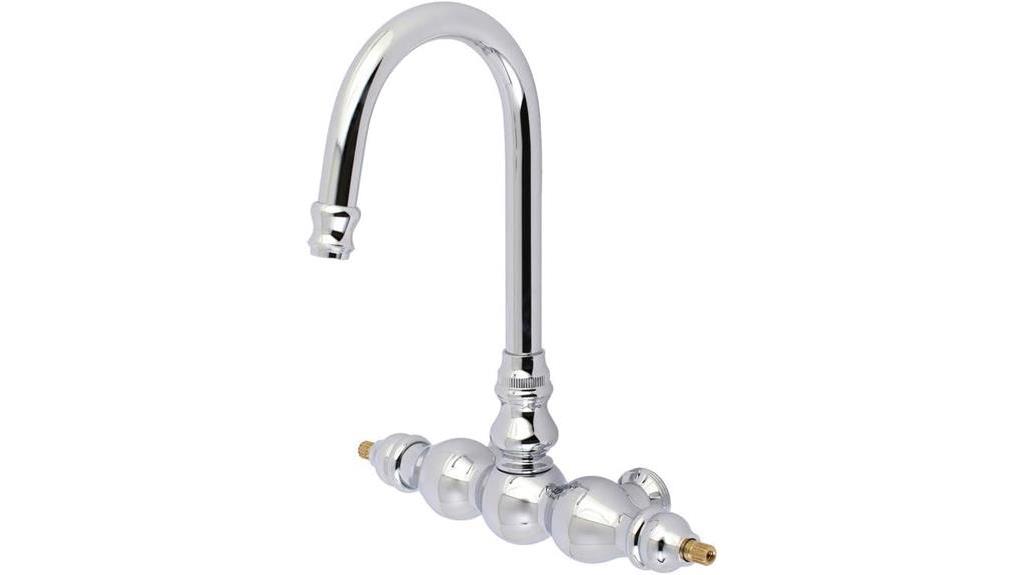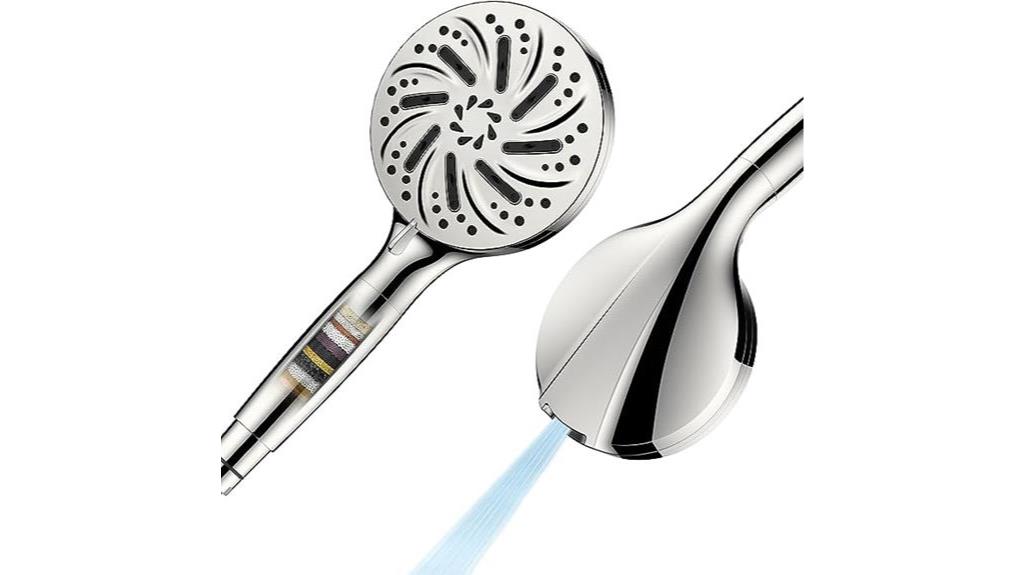I’ve always been fascinated by the idea of living more sustainably, so when I discovered compost toilets, I couldn’t help but be intrigued.
These eco-friendly alternatives to traditional toilets offer a unique solution to our waste management problem. By harnessing the power of aerobic organisms, they transform human waste into safe and usable compost.
It’s a process that not only eliminates the need for water but also reduces wastage.
In this guide, we’ll explore how compost toilets work, their functionality, and the environmental benefits they bring.
Key Takeaways
- Compost toilets are a waterless and eco-friendly alternative to traditional toilets.
- They use aerobic organisms to convert human waste into safe and usable compost.
- Compost from these toilets can be used for landscaping and feeding plants.
- Factors such as toilet design, number of users, waste volume, and the balance of elements affect the decomposition time of compost toilets.
How Compost Toilets Work
Compost toilets work by utilizing aerobic organisms to convert human waste into safe and usable compost. They offer several advantages over traditional flush toilets.
Firstly, compost toilets are waterless, which means they conserve water and reduce the strain on water resources. Additionally, they are environmentally friendly as they eliminate the need for harmful chemicals and reduce sewage pollution.
Maintenance and care for compost toilets are relatively simple. Regularly adding a carbon-rich material, such as sawdust or wood chips, helps maintain the balance of carbon and nitrogen in the composting chamber. It is also important to ensure proper ventilation to promote aerobic decomposition.
Emptying the composting chamber when it is full and allowing the compost to mature for a few months before use is crucial.
Overall, compost toilets are a sustainable and efficient solution for waste management.
Elements and Functionality of Composting Toilets
The ventilation unit in a composting toilet enhances the degradation process and eliminates malodorous gases. It plays a crucial role in maintaining the proper conditions for decomposition to occur effectively.
The composting chamber design is an important aspect of compost toilets. It provides a suitable environment for the breakdown of waste materials. The chamber is typically filled with carbon materials, such as sawdust or peat moss, which help to enhance aerobic activities.
Additionally, urine separation is a key benefit of compost toilets. By keeping urine separate from solid waste, the composting process is optimized. Urine contains high levels of nitrogen, which can be converted into a nitrogen-rich liquid fertilizer. This separation reduces odor and helps to maintain a healthier composting environment.
Overall, the ventilation unit and composting chamber design, along with urine separation, are essential elements that contribute to the functionality and effectiveness of compost toilets.
Factors Affecting Decomposition Time
I’ve noticed that the speed of the decomposition process in composting toilets can be influenced by various factors. One of the main factors is the type of composting toilet being used. Different types of composting toilets have varying decomposition rates.
For example, electric composting toilets generally work faster than non-electric ones. Additionally, the number of users and the volume of waste also affect the decomposition speed. More users and larger volumes of waste require a longer decomposition time.
Moreover, the balance of oxygen, moisture, aerobic material, and temperature in the composting chamber plays a crucial role in the decomposition process. Manufacturers use different methods to ensure the presence of these elements, such as manual agitators or natural ventilation mechanisms.
Understanding these factors can help optimize the composting speed in composting toilets.
Environmental Benefits of Composting Toilets
Using a composting toilet helps conserve water and reduces environmental impact. Composting toilets offer several environmental benefits that make them a sustainable and eco-friendly waste management option.
-
Water Conservation: Composting toilets eliminate the need for water, as they do not require flushing. This helps to conserve water resources, especially in areas facing water scarcity or where water is limited.
-
Reduction of Wastewater: Conventional toilets contribute to wastewater pollution through sewage systems. Composting toilets, on the other hand, do not produce wastewater, reducing the strain on sewage treatment plants and preventing pollution of water bodies.
-
Natural Nutrient Recycling: The waste from composting toilets can be converted into nutrient-rich compost. This compost can be used for gardening, landscaping, or agriculture, providing a sustainable and natural alternative to chemical fertilizers.
In terms of maintenance and regulations, composting toilets require regular maintenance to ensure proper functioning and hygiene. It is important to follow local regulations and guidelines for waste disposal and compost use to ensure compliance with environmental standards.
Overview of TOTO Toilets
As someone who values durability and high-quality products, TOTO toilets have always been my go-to choice for their innovative features and water efficiency. TOTO offers a wide range of toilet models, but one that stands out is the TOTO Neorest.
The Neorest is considered one of the smartest toilets available, equipped with advanced features such as automatic flushing, heated seats, and bidet functions. It uses innovative technology to provide a luxurious and comfortable bathroom experience.
Not only is the Neorest designed for comfort, but it is also eco-friendly. It incorporates water-saving features and operates in an energy-efficient manner. The TOTO Neorest has received positive reviews for its performance, durability, and user-friendly interface.
If you’re looking for a toilet that combines luxury and sustainability, the TOTO Neorest is an excellent choice.
Comparing Different Toilet Brands
After discussing the overview of TOTO toilets, let’s now shift our focus to comparing different toilet brands. This will provide a broader perspective on the available options in the market.
When considering sustainable and eco-friendly solutions, it is important to compare compost toilets to traditional flush toilets. Here are the pros and cons of compost toilets:
-
Pros of Compost Toilets:
- Environmentally friendly: Compost toilets eliminate the need for water, reducing water consumption and wastewater contamination.
- Nutrient-rich compost: The waste from compost toilets can be transformed into nutrient-rich compost that can be used for gardening and landscaping.
- Cost-effective: Compost toilets can save on water bills and wastewater treatment costs.
-
Cons of Compost Toilets:
- Space limitations: Compost toilets require additional space for the composting process, which may not be feasible in small bathrooms.
- Maintenance: Regular maintenance is required to ensure proper decomposition and prevent odor.
- Odor concerns: While compost toilets are designed to minimize odor, improper maintenance or ventilation can lead to unpleasant smells.
Frequently Asked Questions
Are Compost Toilets Legal and Approved for Use in All Areas?
Compost toilet regulations vary by area. Public perception is mixed, with some embracing the eco-friendly benefits while others may be hesitant. It is important to research local laws and consult with authorities for approval and proper use.
How Do Compost Toilets Handle Odor Control?
Compost toilets handle odor control through the composting process. The aerobic organisms in the composting chamber break down waste, eliminating odors. This eco-friendly solution reduces water usage and provides nutrient-rich compost for gardening, benefiting both the environment and users.
Can Compost Toilets Be Used in Cold Climates?
In cold climates, compost toilets can be used with proper insulation techniques. Insulation helps maintain the necessary temperature for the composting process. Various methods, such as adding insulation layers or using heat sources, can be employed to ensure efficient operation.
What Is the Maintenance Required for a Compost Toilet?
Maintaining a compost toilet is fairly simple. Regularly adding carbon-rich materials and ensuring a balance of oxygen, moisture, and temperature promotes the composting process. Emptying the compost chamber when full is also necessary for proper compost toilet construction.
How Does the Cost of a Compost Toilet Compare to a Traditional Flush Toilet?
Comparing costs, compost toilets are generally more expensive upfront than traditional flush toilets. However, they offer long-term savings on water bills. They have a positive environmental impact, require specific maintenance, and adhere to regulations and certifications. Odor control methods ensure a pleasant experience. Compost toilets are suitable for different climates and offer benefits for off-grid living. The composting process converts waste into usable compost for landscaping. Proper compost usage and disposal should be followed.
Conclusion
In conclusion, compost toilets are a revolutionary and eco-friendly solution for sustainable waste management. These toilets have an efficient decomposition process and eliminate the need for water usage, making them an excellent choice for environmentally conscious individuals.
Factors such as toilet design, waste volume, and user count affect the composting time, making it a customizable option. This allows users to tailor their composting experience to their specific needs and preferences.
The environmental benefits of compost toilets cannot be overstated. They significantly reduce water wastage, which is a critical resource in many parts of the world. Additionally, the compost produced by these toilets is nutrient-rich and can be used to fertilize plants, further contributing to sustainable agriculture.
When considering different toilet brands, TOTO stands out for its high-quality and innovative designs. They have a reputation for producing reliable and efficient compost toilets that meet the needs of environmentally conscious consumers.
Make the switch to compost toilets and join the movement for a greener future. By choosing this sustainable waste management solution, individuals can make a positive impact on the environment and contribute to a more sustainable and eco-friendly world.










